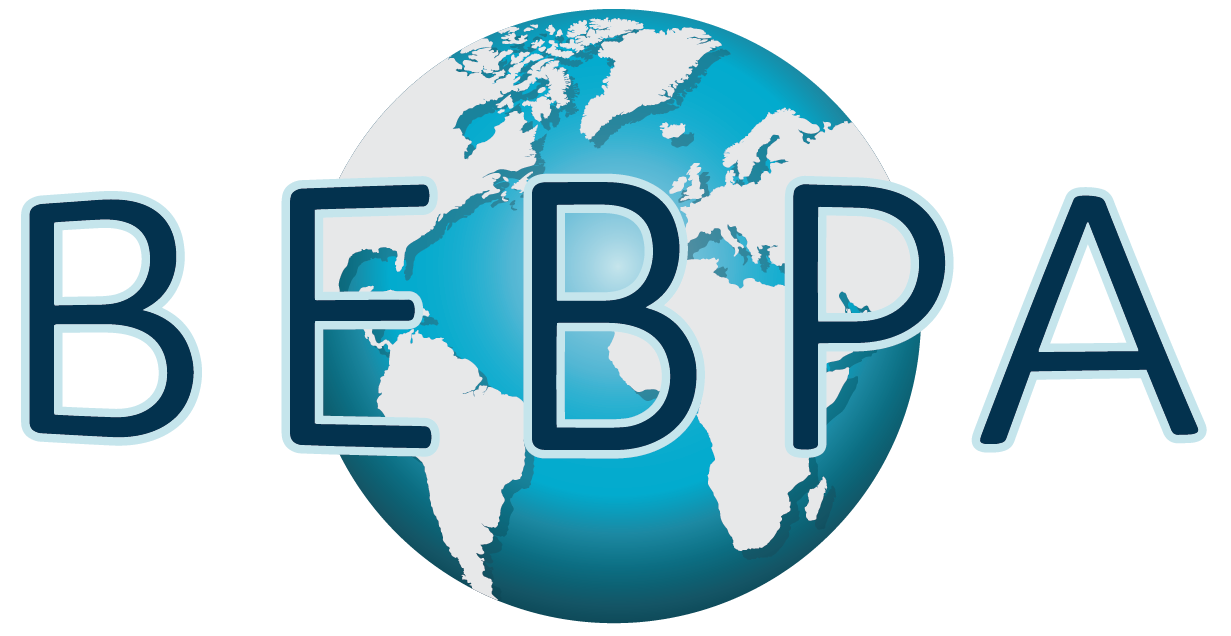Outliers in Dose-Response Curves: What are they, and what can we do about it?
Volume 1, Issue 6: Potency assays are designed to gauge the biological activity or binding affinity of a test sample in relation to a reference preparation (USP 1032; Vølund, 1978). For instance, in the production of a biotherapeutic or vaccine, the potency of material from a new batch can be calibrated in comparison to that of a reference batch material. The concept of relative potency (RP) is derived from the concentration-response functions of the two products. When the test product behaves as a dilution or concentration of the reference product, the two products exhibit a consistent RP. Graphically, concentration-response curves reflecting constant RP differ only through a shift along the log-concentration axis. It is crucial to note that calibration based on a consistent RP value can only be carried out when the concentration-response functions of the two products are deemed statistically similar or parallel (Finney, 1964; Bortolotto et al., 2015).
Reference Standards for Potency Assays – Considerations for the Preparation and Storage of In-House Standards
Volume 1, Issue 5: As potency of a biopharmaceutical product is determined by bioassay relative to a reference standard (RS), the development and establishment of a suitable in-house RS is an important activity. As drug development proceeds, with possible changes in the manufacturing process and formulation, it usually proves necessary to replace an earlier RS with one that is representative of the current production or if stocks are running low. Most drug development programs require the establishment of a succession of RS, starting with a development RS (DRS), followed, as clinical trials start, by an interim RS (IRS) and then, ready for license submission, a primary RS (PRS) and working RS (WRS).
Before the Beginning Comes the Question: A Journey Through the Statistical Fundamentals of Comparability
Volume 1, Issue 4: Complex biopharmaceutical processes often require changes to satisfy production scaling, cost optimization, product safety and efficacy, and the constantly evolving regulatory landscape. It is critical that products manufactured in the post-change environment be comparable to those in the pre-change environment. Proper analysis of appropriate data are essential for demonstrating the required comparability. Regulatory guidance recommends following a stepwise approach utilizing a collaborative totality-of-evidence strategy. [1]
Mini History of the Potency Bioassay and its Regulatory Drivers
Volume 1, Issue 3: The concept of potency assays came into being specifically for biopharmaceutical products. Originally, these products were complex and ill-defined mixtures, produced in a natural system. (Like a horse! See photo of Jim below.) The products were not well-understood and rarely purified to any great extent. Sometimes, even the active ingredient was unknown, and our understanding of the Mechanism of Action (MoA) involved much hand-waving. Because of these characteristics these products were defined as a manufacturing process. The mantra “ the product is the process” was a well-known, regulatory concept driving our oversight of biologics for decades.
Synopsis: BEBPA’s 2023 Host Cell Protein Conference in Review
Volume 1, Issue 2: Dr. Denise Krawitz provided an excellent wrap up on the last day of BEBPA’s 11th Annual HCP Conference held in May 2023 in Dubrovnik, Croatia. Her quick 10-minute summary captured the essence of the conference and highlighted topics covered during the conference, as well as providing a sneak peek into future topics.
Technical and Regulatory Considerations for Cell and Gene Therapy Raw Materials
Volume 1, Issue 1: Quality attributes of cell and gene therapy (CGT) products, also referred to as advanced therapy medicinal products (ATMPs) in the EU, which correlate with safety and efficacy in patients, are determined by the manufacturing process. This process includes the identification and use of appropriate starting and raw materials. A simplified flow chart of the manufacturing process of a CGT product reveals several input steps for qualified raw and starting materials.
